Apple’s big day at the software level comes with every developer’s conference and WWDC 2020 has been able to be held like other events virtually without an audience. And once again it has been the stage to announce the new version of its operating system for mobile devices: iOS 14, which has been presented together with iPadOS 14, watchOS 7, the new macOS Big Sur, and the confirmation of the switch to ARM.
This update is based on a striking redesign of the home screen, which Apple has kept almost unchanged for years. Siri also benefits from this change and we will see that many functions that users have been requesting for years now, such as picture-in-picture or widgets, are now available.
The Home Screen: Less iOS than ever
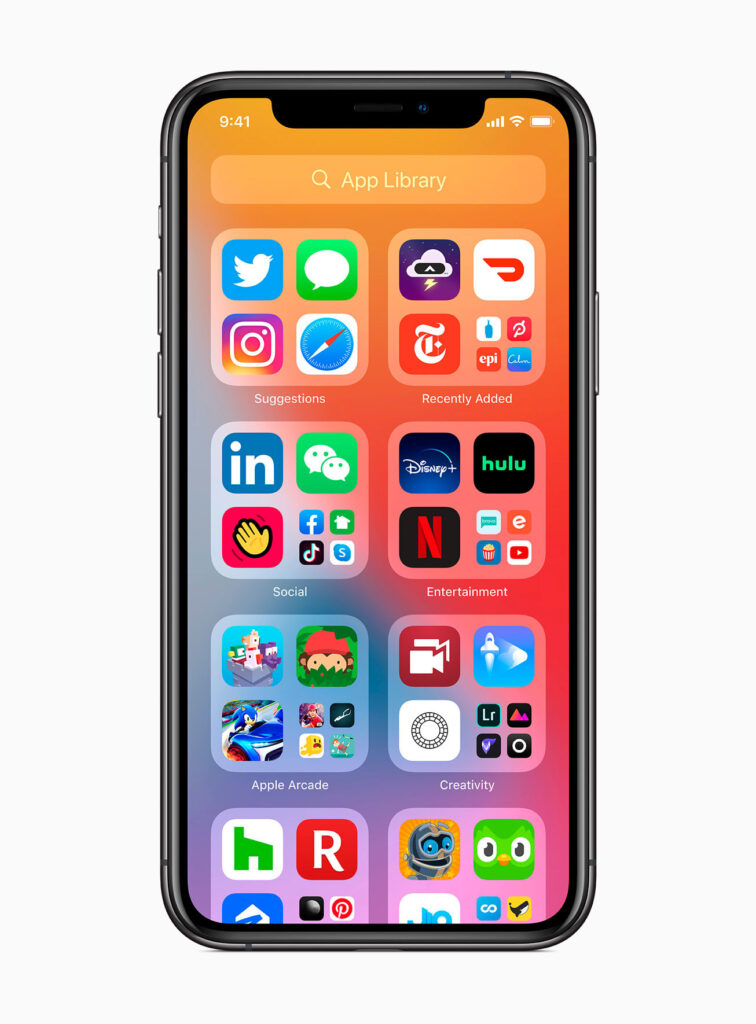
Craig Federighi started with one of the highlights: the iOS home screen is customizable and evolves from the way it worked from the beginning (despite the aesthetic changes). In iOS 14, apps can be grouped on different pages with the App Library, so the user can have easier and more comfortable access, similar to the way some Android layers allow. Apps are organized into categories and can be easily hidden if interested.
In the new system, any app can be converted into a widget. In this way, apps transformed into widgets will take up more space than an icon, for example, 2×1, 1×2, or 2×2 (and on the iPad up to 3×3), thus showing more information without having to open it. Examples of these are the Weather app with the forecast or tweets from the Twitter app.
This way, the widgets leave the Today tab where they were able to be shown up to iOS 13 and can stay on any page. The information in the widget will be equally dynamic and the idea is to have a screen that shows current information adapted to the time of day and use, as is the case with the Apple Watch.
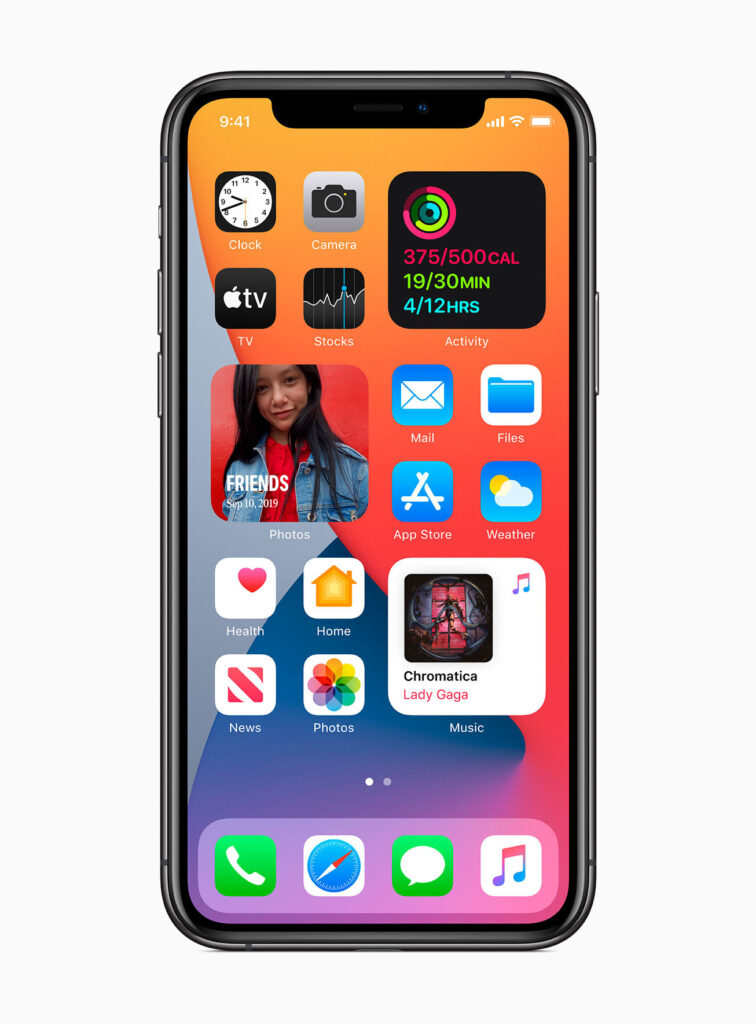
Another change related to both the interface and the interaction is the arrival of the picture-in-picture or image-within-image. This allows users to keep playing a video without it being interrupted if they want to use another app on the device at the same time.
Another new system feature related to the App Store is App Clips. This makes it easier to find and get apps that users may need based on location and context, such as a paid app for a parking lot or coffee shop.
It works with NFC, so all you have to do is hold your iPhone close to a label that will be identified by a call sign. At that point, the user receives a card very similar to the one that appears whenever we download an app from the App Store for one-tap downloading.
Some of these improvements will also be seen in the new version of iPadOS, such as the resizing of the call notification. As with Siri, this notification is compact and doesn’t take up the whole screen.
Something also expected is to be able to change the default apps for mail and browser. This way, the user will be able to choose third-party apps other than Safari or mail for these functions, both in iOS and iPadOS 14.
New Features for Proprietary Apps
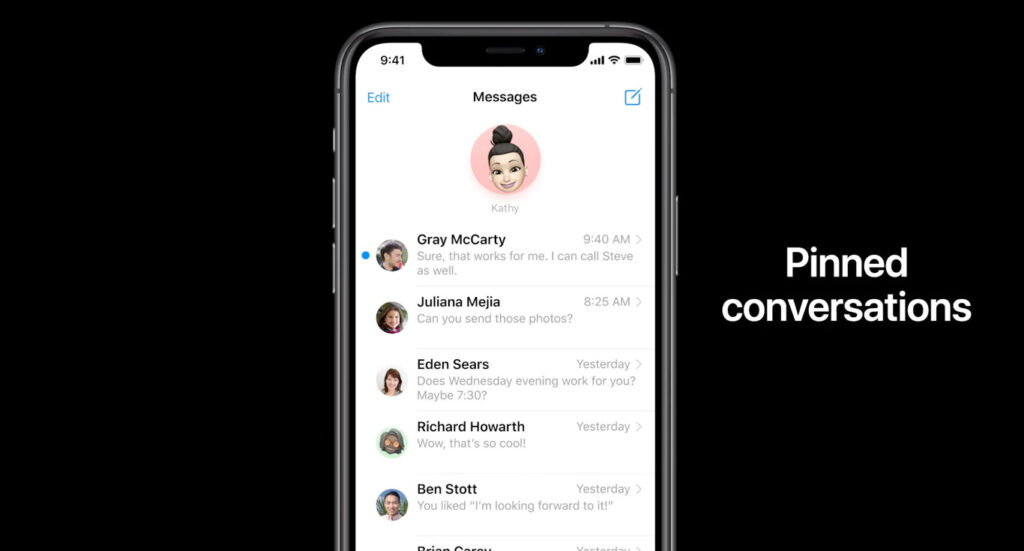
As for the own apps, Messages usually receive quite a lot of news and this year has also had its dose. Of course, there are new animations and Memojis with added gestures and complements, including the mask.
However, what stands out about the functions of the app itself is that you can anchor conversations (as a thumbtack, to access them quickly), being able to mute the notifications that interest you.
Another app that is usually improved is Maps. Apple’s navigation app adds bike routes and data on electric car charging points, although for the time being the improved maps will reach Canada, Ireland, and the UK.
Health adds a sleep management function and improved noise levels to show how they affect hearing. Health Checklist, a centralized location for managing health and safety benefits such as medical data, emergency contact, etc., is also added.
The Home app is updated to make home automation and the handling of the Internet of things easier, with new suggestions for automation and an extension of controls in the Control Centre. Also, by pulling facial recognition, compatible intercoms and video cameras can identify the contacts.
They have also commented on news related to AirPods. With iOS 14 the wireless headphones seamlessly switch audio between branded devices with automatic switching and spatial audio is incorporated, with dynamic head position tracking (with AirPods Pro) and the application of directional audio filters by subtly adjusting the frequencies each ear receives.
Siri becomes Compact and international
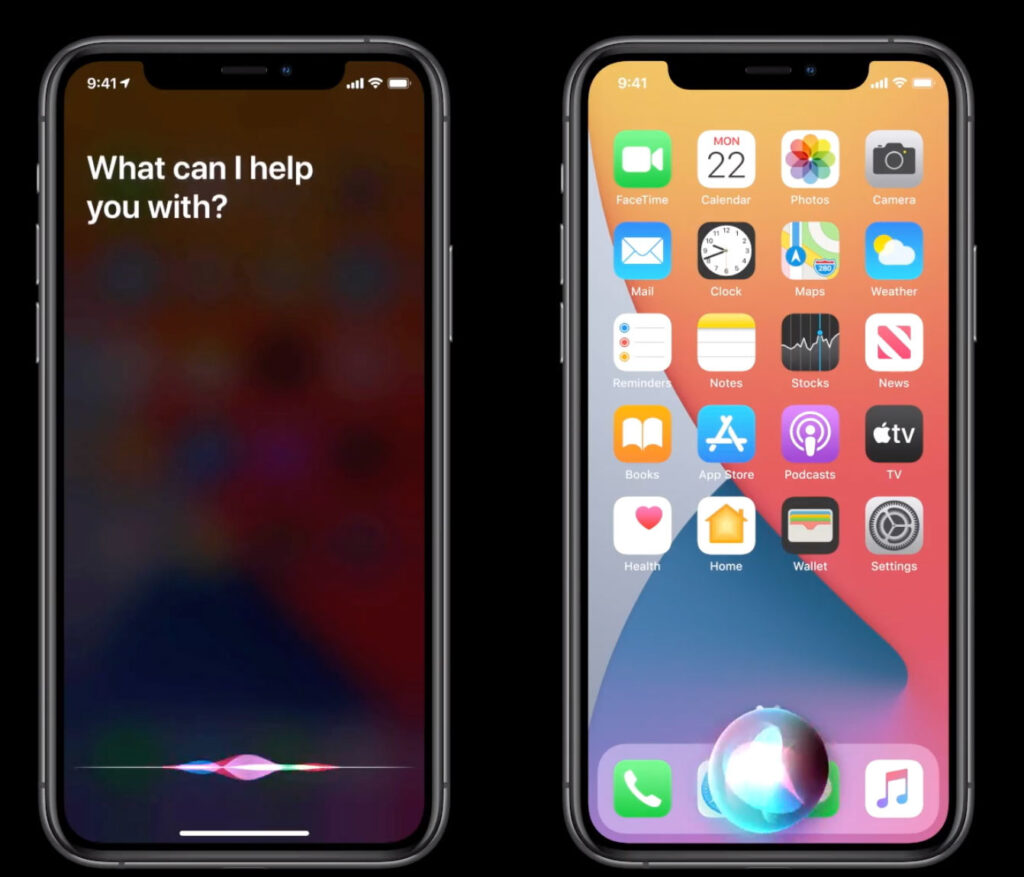
It is also Siri’s turn to update at the aesthetic level so that a full-screen interface is not opened when users call it but appears at the bottom of the screen to execute any command. They haven’t put much emphasis on whether or not the virtual assistant has become smarter in general, but they have done so for the main updates.
One of them is the translation app, with which they promise that the assistant will help translate not only words but complete expressions. At the moment it will be available in 11 languages, seeking to serve to maintain conversations by pulling voice recognition and automatically detecting in which language someone speaks to you. With this, Siri will also be able to record and send audio messages.
CarPlay: the iPhone is a key

Speaking of car software, the main new feature is CarKey, a system that allows the iPhone to be used as a key to open the car. The function requires the U1 chip in the smartphone, and it can also invite other users to use the key and store it in a wallet.
The first car to support this function will be a BMW which we will know more about next year when it is launched. Also, now the user will be able to change the wallpaper of CarPlay.
iPadOS 14
The tablet version of the operating system inherits many of the new features we’ve seen in iOS 14. The App Library, widgets, new Messages, Maps, and Siri’s redesign and translation all come to the iPad, too, for that more personalized and convenient home screen.
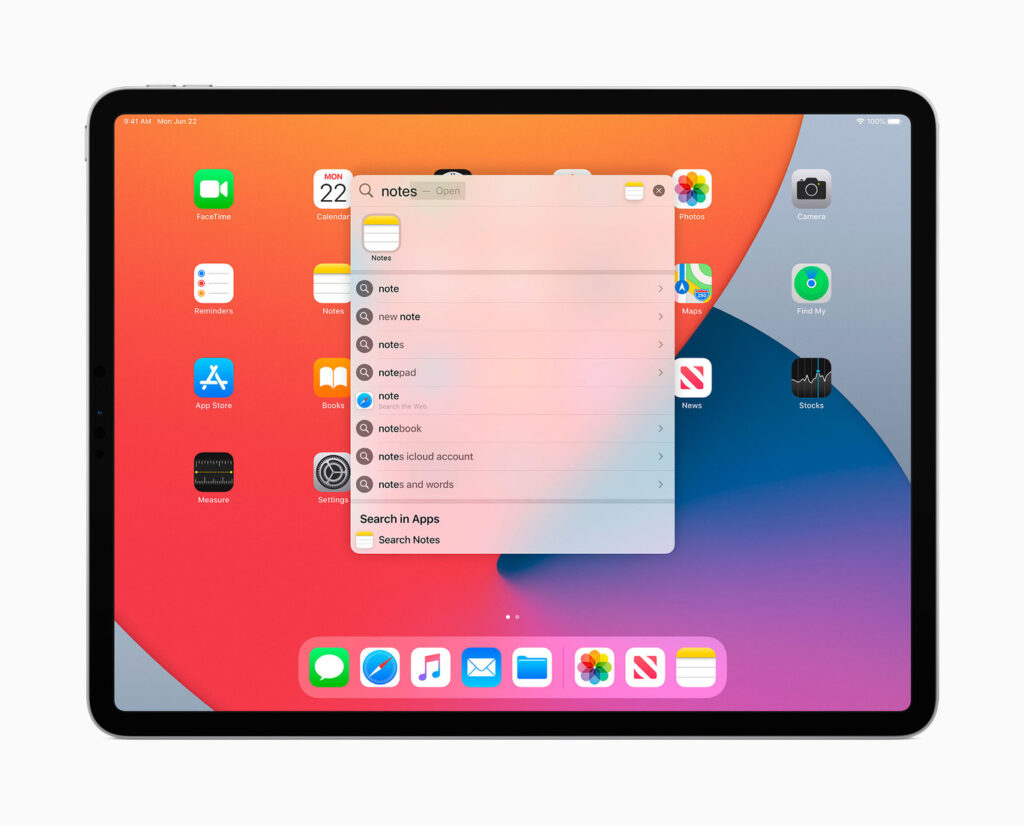
Also, apps such as Photos undergo minor redesigns, but the one eye-catching feature is that the search tool takes the Spotlight genes into macOS, so we can do it without having to leave the active app. Like the current one, it will allow us to find contacts, websites, documents, etc.
The Apple Pencil has also received its share of new features, including Scribble. With this app you can write freehand in any text field and select the handwritten text, being able to copy and paste it.
Availability of iOS 14
The developer version of iOS 14 is now available to Apple Developer Program members on their website and the public beta will be available next month to iOS users on the open betas website. As usual, the final version of the new system will start arriving this fall as a free update for iPhone 6s or later.
This post may contain affiliate links, which means that I may receive a commission if you make a purchase using these links. As an Amazon Associate, I earn from qualifying purchases.

